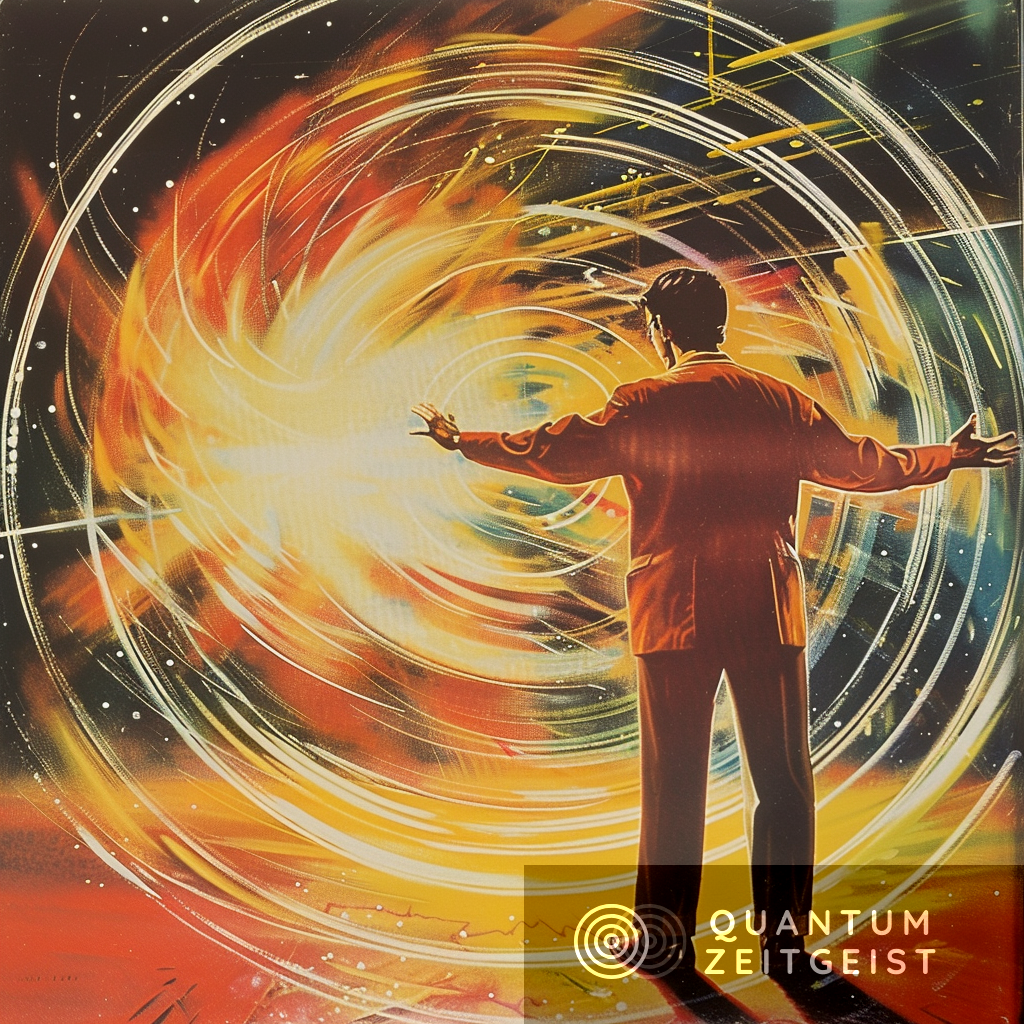Isiaka Aremua and Laure Gouba explored quantum teleportation, the transmission of quantum information from one location to another, in a study. The researchers used entangled coherent states to teleport a qubit, the basic unit of quantum information. The study contributes to understanding quantum teleportation and its potential applications in quantum computing and communication. However, the technology is still in basic research and requires further investigation before it can be fully realized.
What is Quantum Teleportation and How Does it Work?
Quantum teleportation is a process by which quantum information can be transmitted from one location to another, with the help of classical communication and previously shared quantum entanglement between the sending and receiving location. This process is not to be confused with teleportation as depicted in science fiction, where matter is instantaneously transported from one location to another. Instead, quantum teleportation involves the transfer of quantum states between particles at different locations without any physical movement of the particles themselves.
In a recent study by Isiaka Aremua and Laure Gouba, the researchers explored the teleportation of a qubit using exotic entangled coherent states. A qubit, or quantum bit, is the basic unit of quantum information. It is a quantum system that can exist in any superposition of its two basis states. The researchers used a system of an electron moving on a plane in uniform external magnetic and electric fields to construct different classes of coherent states.
What are Coherent States and How are They Used in Quantum Teleportation?
Coherent states are specific states of a quantum harmonic oscillator. They are often described as the quantum equivalent of classical states because they closely resemble the behavior of classical particles. In the context of quantum teleportation, coherent states are used to form entangled states, which are crucial for the teleportation process.
In their study, Aremua and Gouba considered the motion of charged particles in a flat noncommutative plane with a constant magnetic field applied along the z-axis. They derived two commuting conserved quantities from the study of the exotic model at the classical level in the situation of a pure magnetic case. Through canonical quantization, the classical quantities were promoted to operators, and the Poisson brackets were replaced by commutators.
What are Entangled Coherent States and How are They Formed?
Entangled coherent states are formed from the minimum uncertainty coherent states on noncommutative configuration space isomorphic to the boson Fock space. These states are entangled, meaning that the state of one particle is directly related to the state of the other, no matter the distance between them. This entanglement is what allows for quantum teleportation to occur.
In their study, Aremua and Gouba formed entangled coherent states in the sense of the works done by Sanders et al. From these entangled coherent states, they formed the quasi-Bell states. The Bell states are specific quantum states of two qubits that represent the simplest examples of quantum entanglement.
How is a Qubit Teleported Using Quasi-Bell States?
The teleportation of a qubit using one of the quasi-Bell states as a channel was investigated by Aremua and Gouba. They followed the teleportation protocol by Bennett et al., which involves the use of entangled particles and classical communication to teleport the state of a qubit.
The researchers determined the minimum assured fidelity (MASFI) by this channel, followed by the computation of the fidelity of sending a qubit. Fidelity is a measure of how close the final state of the teleported qubit is to the initial state. The higher the fidelity, the more successful the teleportation process.
What are the Implications of This Study?
This study contributes to the understanding of quantum teleportation using exotic entangled coherent states. The researchers’ investigation of the effect of non-maximality of a quasi-Bell state-based quantum channel in the context of teleportation of a qubit provides valuable insights into the factors that can affect the fidelity of quantum teleportation.
While quantum teleportation is still largely in the realm of basic research, studies like this one are crucial for its potential future applications in quantum computing and quantum communication. The ability to teleport qubits could enable the creation of highly secure quantum networks and powerful quantum computers. However, much more research is needed before these technologies become a reality.
Publication details: “Teleportation of a qubit using exotic entangled coherent states”
Publication Date: 2024-04-03
Authors: Isiaka Aremua and Laure Gouba
Source: arXiv (Cornell University)
DOI: https://doi.org/10.48550/arxiv.2404.02941

